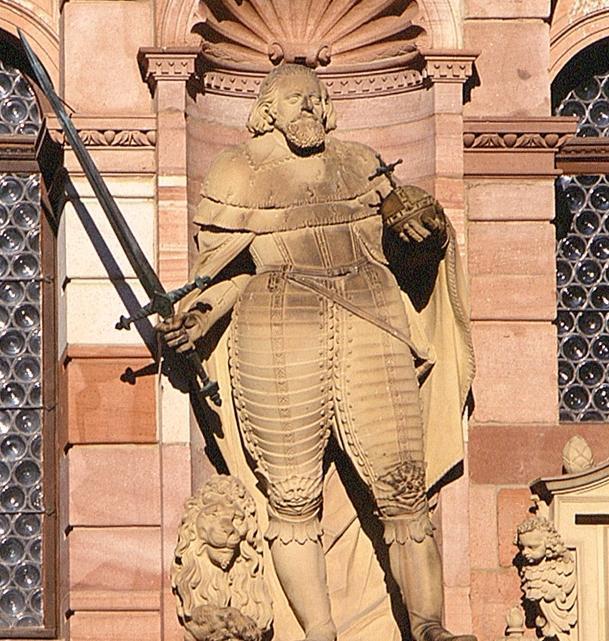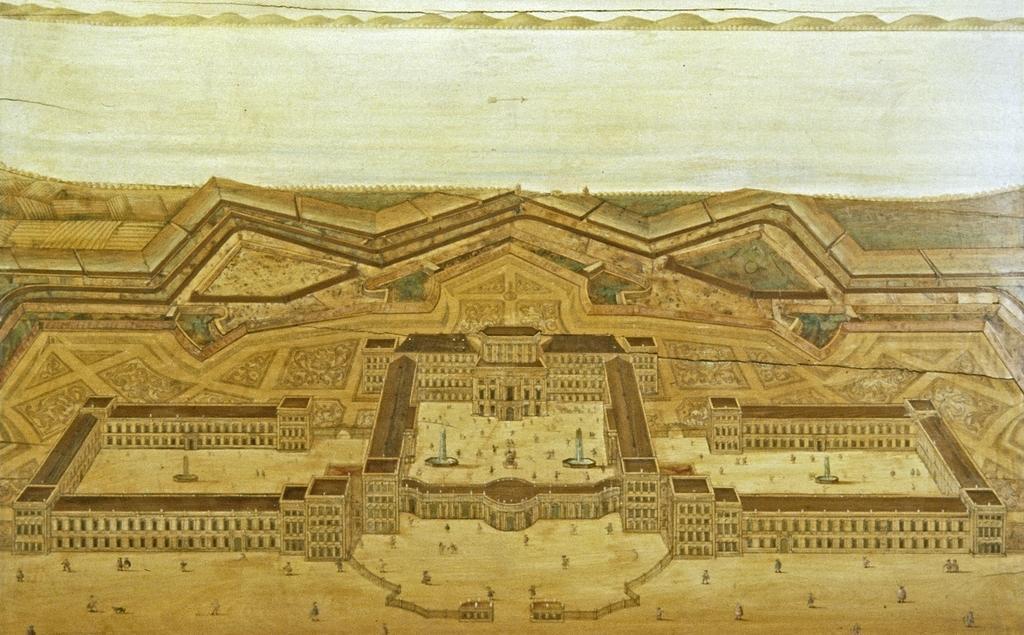Ideal and realityThe planned city of Mannheim
For many religious refugees, such as the Huguenots of France, the city was a sanctuary for Protestants. It was also an increasingly important place for trade in the Electoral Palatinate. Mannheim is the first of a series of Baroque planned cities in southwest Germany: Freudenstadt, Rastatt, Ludwigsburg and Karlsruhe.








